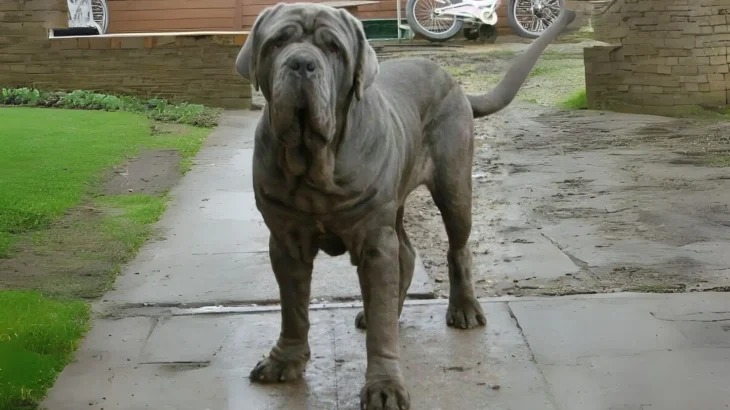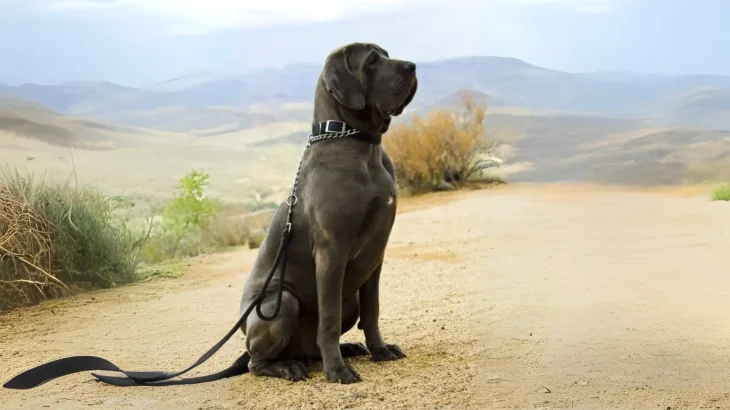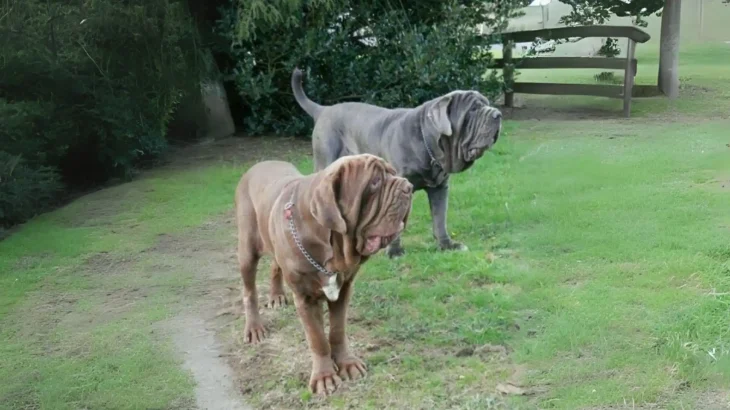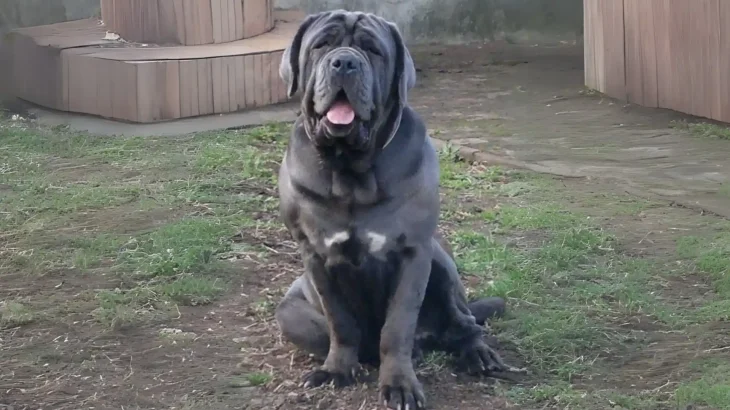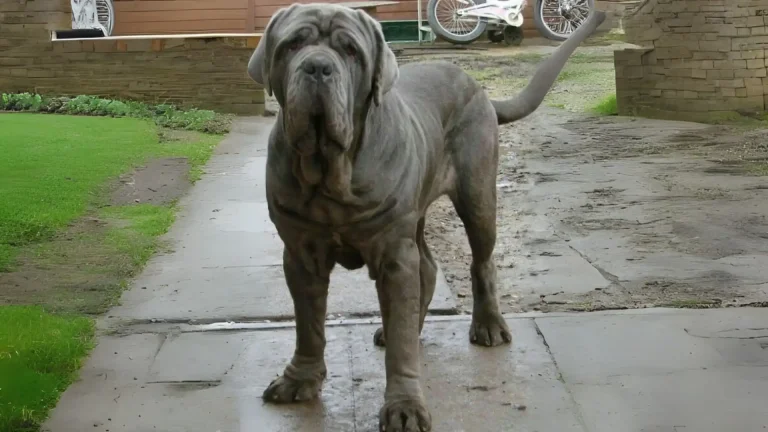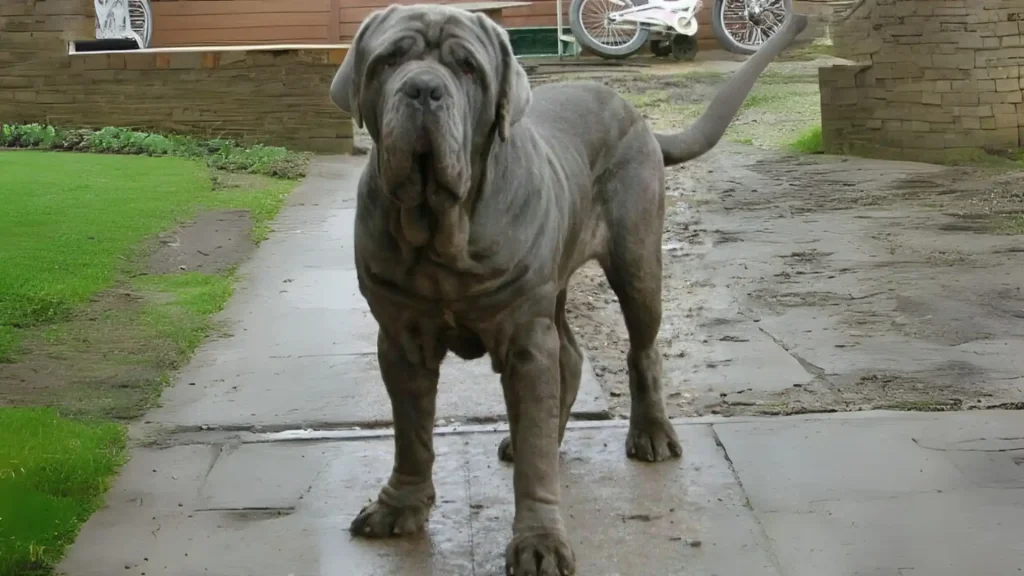When deciding whether to add a Nebolish Mastiff puppy to your family, you can either adopt or purchase from a breeder. Each option has its own benefits and considerations related to cost, health history, and ethical factors important for this breed.
Adoption vs. Breeder: Pros & Cons
| Criteria | Buying from Breeder | Adopting from Shelter/Rescue |
|---|---|---|
| Cost | Typically higher, reflecting purebred status and breeder care. | Generally lower adoption fees including basic care and vaccinations. |
| Health History | Detailed info and genetic screening often provided. | Health history may be unknown; shelters usually do basic health checks. |
| Age Availability | Mostly available as puppies, allowing early bonding and training. | Various ages, including adults, which may suit busy owners better. |
| Temperament Insight | Breeders can share lineage temperament and behavior traits. | Shelter staff can share observed behavior but may lack full history. |
| Supporting Practices | Supports responsible breeding when chosen carefully. | Helps reduce homeless pet population and supports animal welfare. |
| Ethical Considerations | Must ensure breeder operates ethically to avoid supporting puppy mills. | Adopting gives a home to dogs in need, praised for ethical reasons. |

